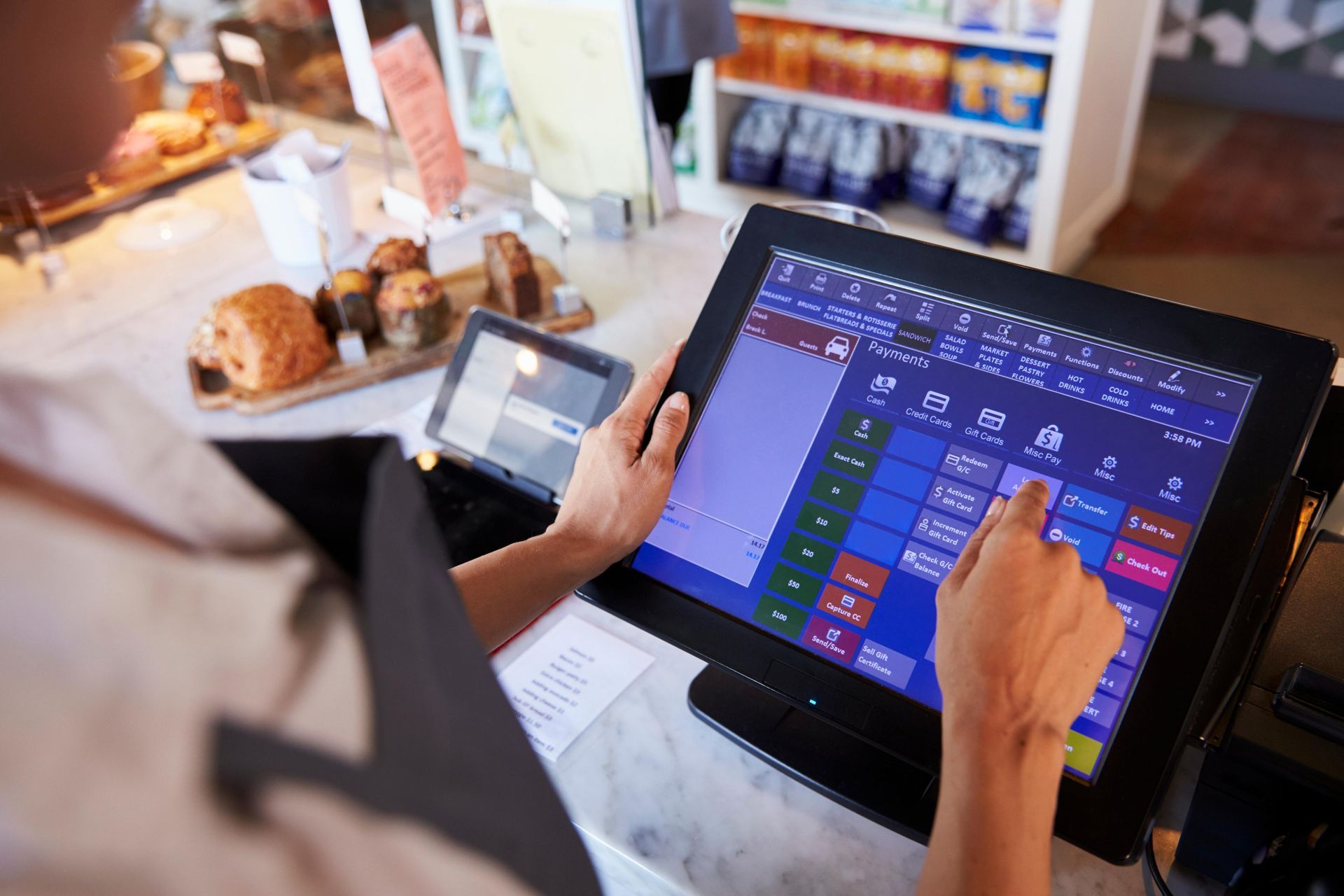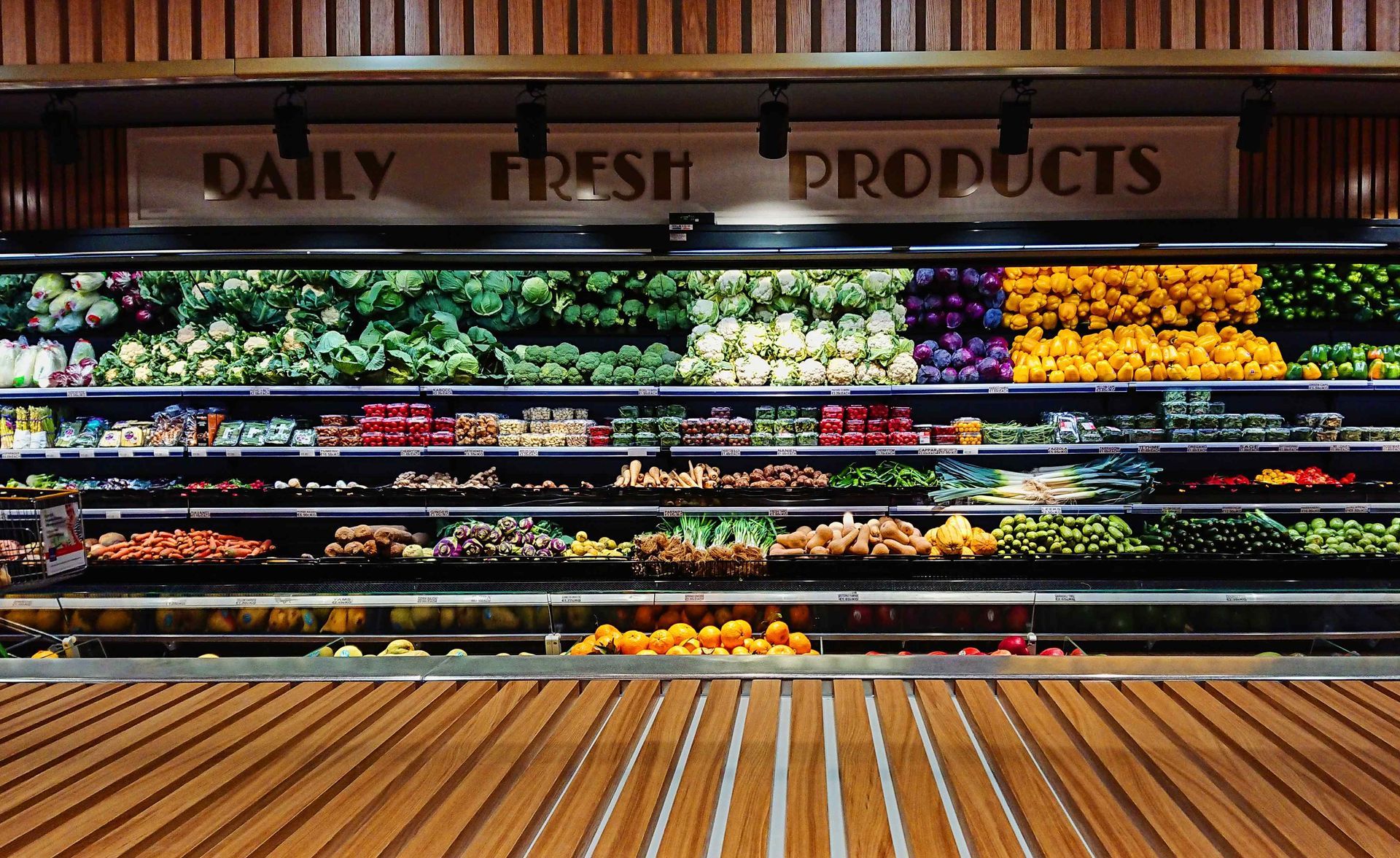The economics of Big Retail - golden ticket, or troubled brew? - Joel Alderden
The Economics of Big Retail - golden ticket, or troubled brew?
Why choosing your channel strategy wisely makes all the difference.
Major retailers & FMCG chains - no matter where - are always on the hunt for innovation. The newest, freshest, first, most disruptive, the greatest thing since…
But as a founder, a brand owner, or an FMCG startup - is it always the win it seems?
Let’s unpack the real economics behind major retail contracts—and why your channel strategy could be the most important decision you make.
The Allure of National Retail
No wonder most new brand owners & FMCG startups are dazzled by the bright lights of ‘national ranging’ - 1,000 stores, the fame, fortune & notoriety that comes with holding up a gondola end, taking a coveted promo slot, or appearing on-shelf right at eye line.
Well, not to rain on anyone’s parade (seriously, it can be a huge game changer) but let's take a brief pause before shoving all of those very expensive eggs in one basket.
Table Stakes - the real cost of entry
Here's a simplified, but realistic scenario
- You sell into National Retailer A - for a contract starting price of $9.00 per unit
- Your COGS (before selling costs) are 45% - $4.05. Not bad so far.
Now here comes the kicker. Below will be some - probably not all - of your selling costs:
- Fixed Rebates
- Listing Fees
- Marketing Fund contribution
- Promo funding
- Supply Chain Fees
- Scan Data Costs........
Pretty quickly we’ve probably added somewhere around $4.20 (47%) - more than your actual COGS, to the ‘cost of selling’
Your Gross Margin - $0.77. Or 9% per unit.
At an average of 6 units per store per week (UPSPW) across 1,000 stores - there’s around $4,600 in Gross Margin.
If you’re running a very lean overhead, you might get away with 10% which comes below GM.
Flex these figures which way and that - but at best then you’re likely breaking even, all said & done. Hard work for $0.
Depending on your category however, that 6 UPSPW might just see you up for the axe come next range review.
Busting your butt to break even, and still being sliced in a quarter’s time doesn’t sound like fun to anyone of sound mind.
But what about on-shelf? Well, assuming a 33% blended retailer margin, that's an average shelf price of $7.22. You sold your hard conceived creative breakthrough for $9 starting, made 9%, and now it's selling for way less on-shelf and making the retailer roughly 4x more than you.
A Better Play
Let’s consider an alternative. One which leans on the 'less is more' theory.
- Fewer units
- Higher margin
- Healthier cashflow
- Fewer sleepless nights
Specifically, by diversifying your strategy, selling into an Independent Retailer network(s), distributors and other retail channels.
We still start at $9 and 45% COGS, but our cost of selling changes dramatically.
Instead of 47% 'cost of selling' (Retailer A), by removing things like supply chain & scan fees, reduction in marketing, promo funding & fixed rebates, Gross Margin increases from $0.77 per unit (9%), to $2.52 per unit (28%). That >3x your previous margin.
Ok, but your rate of sale will be lower - sure. But lets assume you sell 1/3rd - 2,000 units instead of 6,000 units. Your total Gross Margin is $5k, higher than the $4,600 you can generate by selling 3x the volume.
Moreover, less production requirement = less overhead, meaning your Net Profit / positive cashflow (the bit that counts) are much healthier.
To make that even more attractive, with lower markups / margin expectations, your product will be on shelf for much closer to the $9 you started with.
By preserving your price, you preserve your brand, your need to discount, your product lifecycle, your long term profitability.
You're far less likely to get trapped in the on-off 50% promo cycle doom-loop that quickly washes away brand equity and sees consumers just waiting for the next sale to buy.
We can extend this all the way into a full Direct to Consumer / Online model - which generates great margin %’s, but will be much harder (but not impossible) to scale at speed.
It’s not all binary choices though.
Best of both worlds? A hybrid option
By splitting your volume dependency, with major retail selling 4,000 units, supplemented by 'adjacent' retail avenues generating another 2,000 - the same starting volume could see your Gross Margin at $1.50 per unit - and your overall Gross Margin $ increase by around 95% vs a single 'Big Retail' focus.
And your shelf price? Much more sustainable at $8.33 - and much less likely running a race to the bottom.
Now you have solid volume, stronger margin, and a diversified distribution base.
That extra margin is now yours to invest in your brand, upgrade your packaging, make some smart hires to grow new markets, or flow into retained earnings.
It also goes a long way to covering the support costs for a multi-channel, multi-point approach. Ensuring you've secured the right distribution channels, inventory planning, replenishment strategy and the like. Even finding the right support for retail buyer discussions - so you don't leave margin on the table.
Now you've a complimentary, controllable, diversified and higher margin way to feed the flywheel.
The Final Take: Strategy v Scale
Your channel strategy should reflect more than volume goals. It should reflect the kind of business you want to run—and it's lifecycle stage.
'Big' retail distribution is a fantastic anchor. It builds scale, volume, recognition, efficiencies etc. But that comes with a price - that you must first realise, but importantly - leverage.
Remember as well that a channel strategy is a living thing - there's no set & forget. Find the help- and spend the time making sure your strategy is still fit for purpose - and delivering. Changing too often won't give you a clean understanding of impact - but you should be incorporating your channel spend into detailed monthly P&L reviews.
Clear, consistent formats and KPI's make this efficient - and actionable.
I've spent 20+ years building financial frameworks and strategies - driving profitable scale & growth for consumer product businesses of all sizes.
If you’re navigating these choices and want an experienced perspective:
- Follow me for more content like this: Joel Alderden, CPA
- Get in touch if you’d like to learn more about how I can help your company grow profitably and sustainably:
joel.alderden@sc3sixty.au











